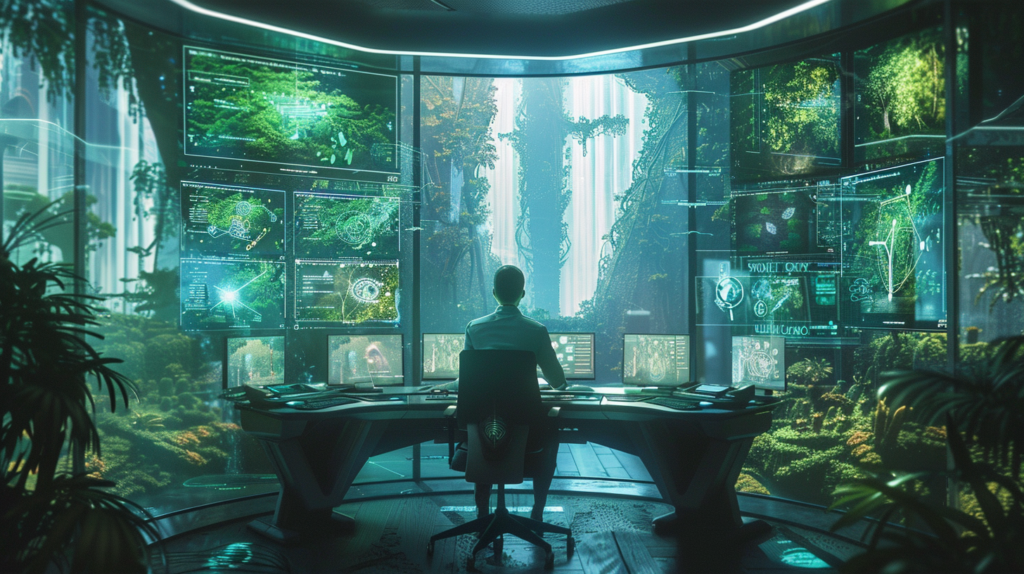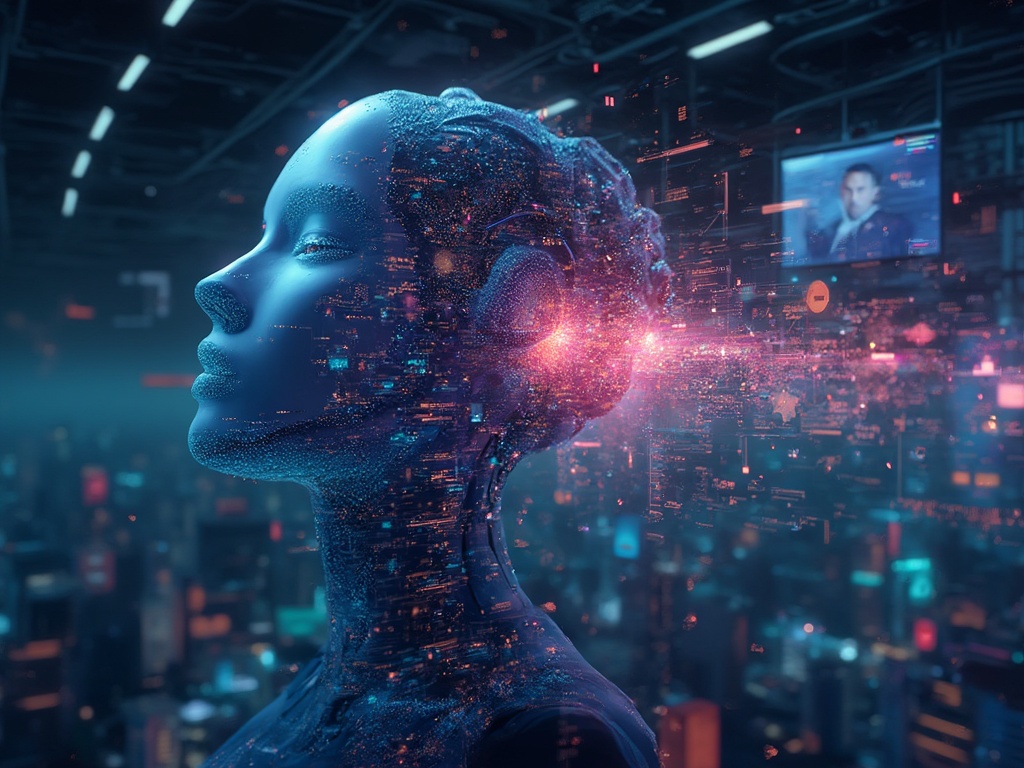
In the dynamic landscape of user experience (UX) design, we often encounter interfaces that feel static and constrained, leading to user frustration and a sense of being trapped in an unyielding digital relationship. However, a transformative concept, Eco-Systemic UX Design, promises to breathe life into this static state, drawing inspiration from the adaptability and interconnectedness of natural ecosystems.
Eco-Systemic UX Design is grounded in the principles of ecological systems, renowned for their dynamic, interconnected, and adaptive qualities. In nature, ecosystems adeptly respond to changes, evolve, and maintain balance through intricate relationships among organisms. Now, envision digital interfaces embodying this level of responsiveness and evolution, creating a landscape where software not only grows with its users but also learns from them and adapts to their evolving needs.
One might wonder about the necessity of complicating interfaces to resemble complex ecosystems. The rationale lies in the complexity and unpredictability of human behavior. Traditional UX design often presupposes predictable, linear user interactions. However, real-world observations debunk this notion, revealing a spectrum of user behaviors. Eco-Systemic UX Design embraces this diversity, offering more intuitive and flexible interfaces that learn and adapt over time, catering to a broad array of user interactions.
The potential for Eco-Systemic UX Design to deliver personalized experiences is unparalleled. Envision a future where systems evolve unique interfaces for each user, informed by their interactions, preferences, and behaviors. For instance, a design tool might reconfigure its interface to highlight frequently used features, or a health app could adapt to emphasize relevant information and actions based on a user’s changing health goals.
Yet, the journey toward implementing Eco-Systemic UX Design is fraught with challenges. It necessitates a paradigm shift from designing static interfaces to crafting dynamic, evolving systems. This shift demands a deep understanding of ecological principles and the integration of advanced technologies like AI and machine learning to analyze user data and adapt interfaces accordingly.
Furthermore, the unpredictability inherent in eco-systemic interfaces poses its own set of challenges. Just as natural ecosystems can evolve in unexpected ways, so too can digital interfaces, potentially leading to user experiences that are confusing or counterintuitive. Striking a balance between adaptability and usability is crucial to ensure that interfaces remain intuitive and user-friendly.
Privacy concerns also emerge as interfaces become more adept at collecting and analyzing user data to offer personalized experiences. It’s imperative that these systems adopt transparent data policies, implement robust security measures, and empower users to control their data usage.
Despite these hurdles, the promise of Eco-Systemic UX Design is too compelling to ignore. In a digital world craving differentiation, the ability to offer personalized, adaptive, and engaging user experiences could be a game-changer. Eco-Systemic UX Design holds the potential to make technology more accessible and enjoyable for a wider audience, fostering a more intuitive and responsive relationship between users and digital environments.
As we embark on this exciting journey toward Eco-Systemic UX Design, the road ahead will undoubtedly be complex and uncertain. Designers and developers will need to embrace new roles, drawing on ecological insights and pioneering technologies. Users, in turn, will need to be open to engaging with and adapting to these evolving interfaces.
The path toward Eco-Systemic UX Design is challenging, yet the vision of a digital world that is as alive, adaptable, and diverse as the natural ecosystems that inspire it is undeniably compelling. As we advance, let us draw from the resilience, diversity, and adaptability of nature, striving to create digital environments that are not merely functional but vibrantly alive.


